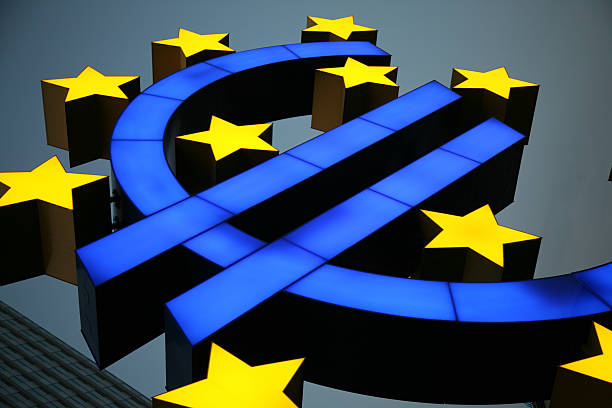The ECB has updated the forward guidance on the policy rate, reflecting the new inflation target concluded in the strategic review. All monetary policy measures stay unchanged as it strives to achieve the symmetric 2% inflation target: The deposit rate stays at -0.5%, the total Pandemic Emergency Purchase Program (PEPP) envelope remains at 1.85 trillion euro, and will run until “at least the end of March 2022” and until the coronavirus crisis phase is over, while the pace of Asset Purchase Program (APP) (traditional QE) stays at 20B euro/ month.
As an update to the forward guidance, the ECB pledged to keep all key interest rates “at their present or lower levels until it sees inflation reaching 2% well ahead of the end of its projection horizon and durably for the rest of the projection horizon”. The central bank “judged that realized progress in underlying inflation is sufficiently advanced to be consistent with inflation stabilizing at 2% over the medium term”. It also tolerates “a transitory period in which inflation is moderately above target”.
On economic developments, President Christine Lagarde reiterated at the press conference that risks to growth are “broadly balanced”. She noted that “the reopening of large parts of the economy is supporting a vigorous bounce-back in the services sector. But the Delta variant of the coronavirus could dampen this recovery in services especially, in tourism and hospitality”. As indicated in the new Monetary Policy Statement, Eurozone’s outlook has remained broadly unchanged since the June meeting with growth on track to be strong in the second and third quarters.
Watering down speculations of tapering, Lagarde suggested that discussions on adjusting the PEPP are “totally premature”. This is more dovish than what the marekt had anticipated and explains the decline in the euro and rally in the stock markets after the announcement. Indeed, ECB’s inflation forecast of 1.4% in 2023 suggests that the easing measures would have to stay for some time in order to achieve the symmetric 2% inflation target.
